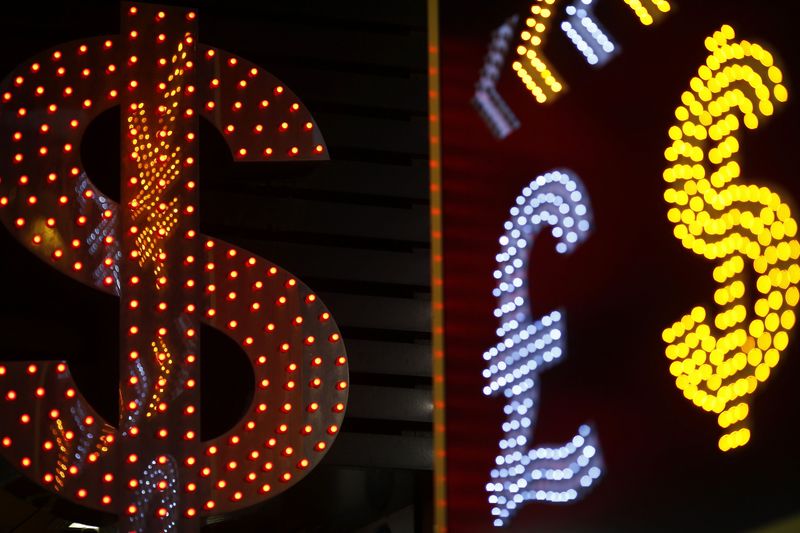(Bloomberg) -- Federal Reserve Bank of Cleveland President Loretta Mester said the Fed needs to keep raising interest rates to get inflation under control, adding she still sees rates rising “somewhat” above 5% and staying there for a time.
“We’re going to have to do a little more to get back to price stability of 2%,” Mester said Friday during an interview with CNBC. She also emphasized officials “will set policy to do what we have to do to cool prices.”
Fed officials lifted their benchmark lending rate by a quarter of a percentage point at the start of February, bringing the target to a range of 4.5% to 4.75%. That was a step down from the half percentage-point increase at their December meeting, which followed four consecutive jumbo-sized 75 basis-point hikes.
Mester reiterated that she saw a good case for raising rates by a half-point at the last Fed meeting, but stopped short of saying officials should consider a bigger hike at their meeting next month.
“That’s a tactical decision that we make at the meeting,” she said.
Mester said her forecast in December for where interest rates would peak was “a little bit above” policymakers’ 5.1% median projection. She said her view hasn’t much changed since then.
“I do think we need to be somewhat above 5% and hold there for a time in order to get inflation on that sustainable downward path to 2%,” she said.
While inflation measures have shown signs of improvement, the level is still too high, Mester said.
US central bankers are engaged in the most aggressive tightening campaign in a generation to quell high inflation. The Fed’s preferred gauge of price pressures, the personal consumption expenditures price index, rose 5.4% in the 12 months through January, US government data released Friday showed, higher than expectations and well above the Fed’s 2% target. The Cleveland Fed chief spoke shortly before the data was released.
Mester, who does not vote in monetary policy decisions this year, said last week that she saw a “compelling” economic case for rolling out another 50 basis-point rate hike at the meeting earlier this month.
Minutes from that meeting showed that while policymakers agreed more rate increases were needed, almost all supported a step down in the pace of hikes to raise interest rates by 25 basis points at the meeting. The readout showed “a few” favored or could have supported a bigger 50 basis-point hike.
Prior to the Fed’s last meeting, investors expected the central bank to cut interest rates in the second half of 2023. But investors have tempered those bets and now see the Fed raising rates at the upcoming March, May and June meetings.
She also said she continues to expect low economic growth this year, but said officials can continue to bring down prices without triggering a recession.
“I do think in this labor market we can have both,” Mester said.
©2023 Bloomberg L.P.

